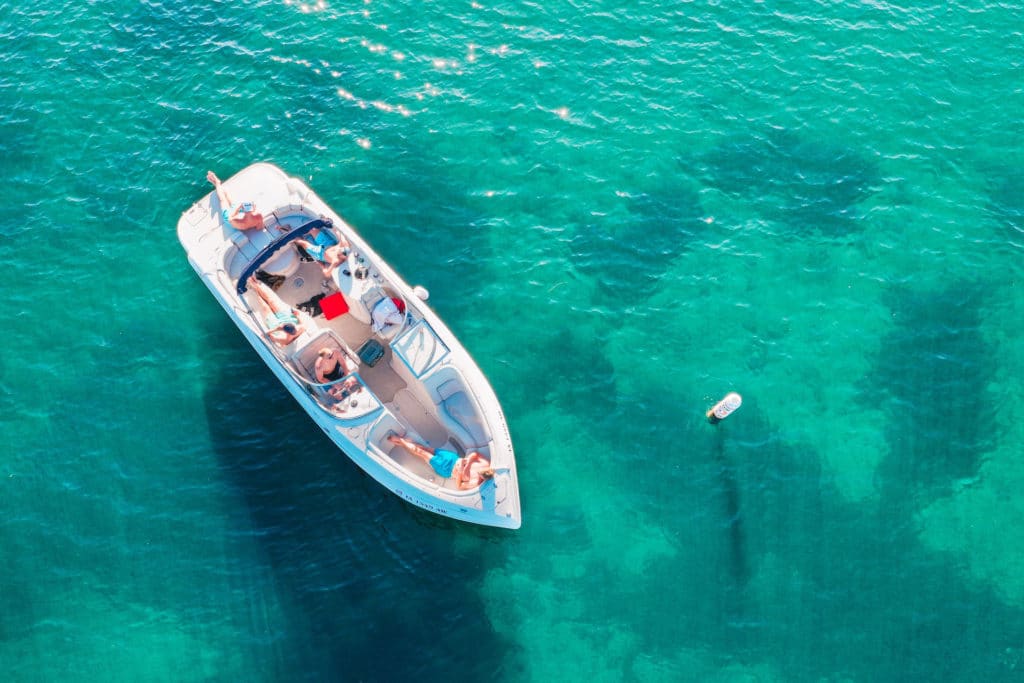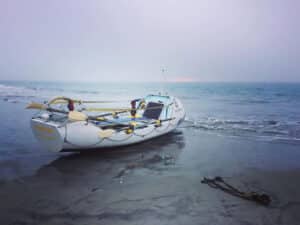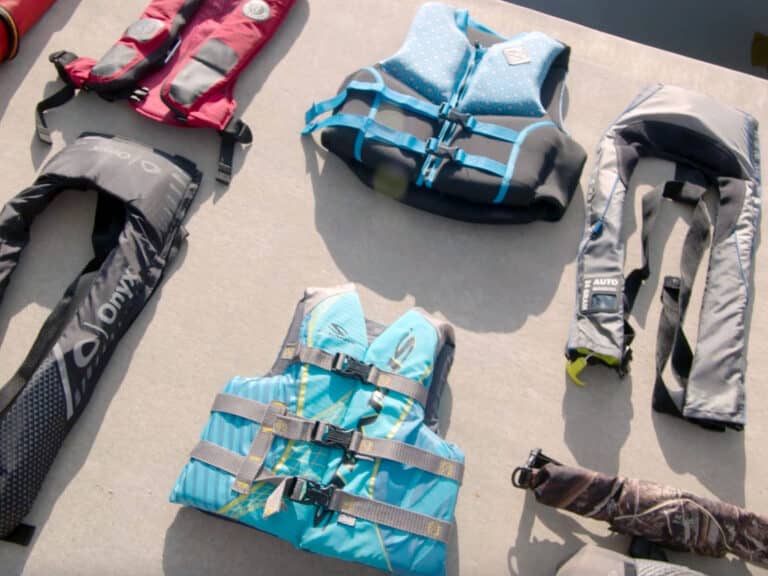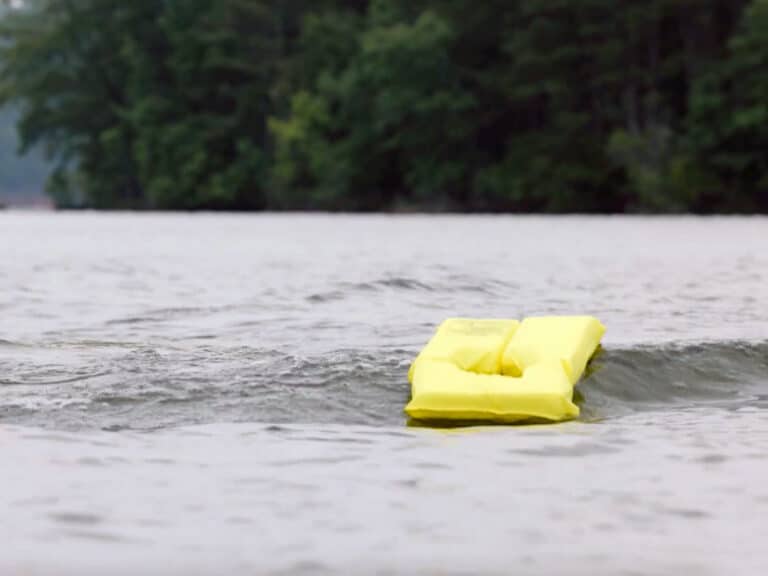
There is no way to clean up your boating act once you’ve absorbed enough booze to reach the legal threshold for illegal blood alcohol content (BAC) and ventured into the realm of boating under the influence. In 12 states that limit is .10. In 38 states, the level is .08 — a level that can be absorbed for many in less than two cocktails with one ounce of spirits or two beers.
The danger of alcohol impairment is not just related to the embarrassment of arrest. In about half of all boating accidents, the US Coast Guard says alcohol is involved. And, dangerous as well as embarrassing, the Coasties say that in half of the boating deaths that involved alcohol, the victim died after capsizing or falling out of his boat while under the influence. An inebriated boater is 10 times more likely to become a fatality statistic. Which makes beer goggles, as they are called, a pretty stupid boating accessory.
Yet alcohol is about as ubiquitous in boating as it is at a Super Bowl party and it’s still legal to drink it in moderation in most states while boating.
Most motorists would never dream of driving while under the influence, but the stigma that keeps motorists sober doesn’t seem to work on the water. The relaxing nature of boating and the wide-open spaces seem to lull loopy captains into believing there is no danger. But, in reality, that nature can contribute to a much more insidious element of impairment. And impaired boaters are even less likely to recognize their condition than motorists.
While BAC must be measured using extremely technical equipment and computerized calculations, its effects on the body are simple to see or feel: reduced coordination, loss of balance, inability to make tactical decisions and loss of vision — particularly peripheral vision and loss of awareness of your surroundings.
All this is bad enough in an automobile. But, when you throw the “drunk” in a boat, he’s already dealing with judgment issues thanks to the less familiar arena of boating. Most boaters only spend an average of 110 hours on the water per year. For many, it’s hard enough to remember “red, right, returning” while stone cold sober. Or perhaps which boat in a crossing situation has to give way. Add a pinch of that natural unfamiliarity to a shot of alcohol and a shaker of ice and you have a witches brew for disaster.
Boaters also suffer from the impairment of an environment that is constantly in motion. Waves rock the boat and the body rocks to counterbalance the motion. Toss in wind and the stress of unbroken sunlight, and fatigue meets disorientation before too many hours have passed.
How much alcohol is too much? Many tests have shown even one drink can be fatal in boating.
Body weight plays a key role in one’s ability to handle alcohol without exceeding the boating under the influence limits but there are no hard and fast rules. Estimates indicate a 120-pound individual could drink two ounces of alcohol or two beers and remain sober. Somewhere through the third shooter, that person would be legally under the influence in all 50 states.
It would take 4 drinks to put a 200 pounder in the clink for BUI in the 38 states, which set their limit at .08. A fifth snort would finish him off in all 50 states.
Boating doesn’t have to include alcohol to be fun. But to be safe it does require one to hydrate regularly. Keep the cooler stocked with a variety of drinks, sodas and thirst-hydrating liquids that contain electrolytes to balance your system.
Those who want to boat and drink in places where it’s legal should know that it takes an hour to metabolize the effects of a drink in most people. But save it for the dock.
* * * * *
The U.S. Coast Guard is asking all boat owners and operators to help reduce fatalities, injuries, property damage, and associated healthcare costs related to recreational boating accidents by taking personal responsibility for their own safety and the safety of their passengers. Essential steps include: wearing a life jacket at all times and requiring passengers to do the same; never boating under the influence (BUI); successfully completing a boating safety course; and getting a Vessel Safety Check (VSC) annually from local U.S. Coast Guard Auxiliary, United States Power Squadrons(r), or your state boating agency’s Vessel Examiners. The U.S. Coast Guard reminds all boaters to “Boat Responsibly!” For more tips on boating safety, visit www.uscgboating.org.








